#northumbria
Text

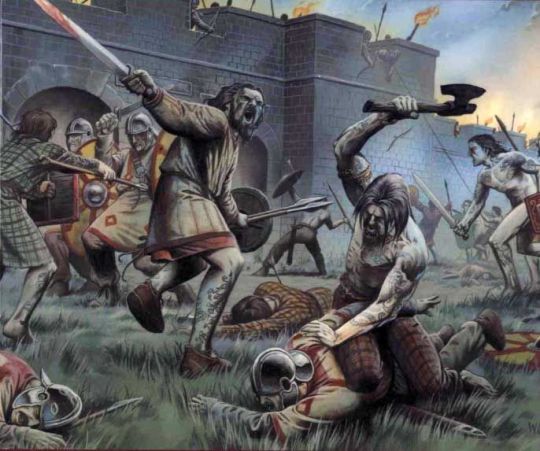

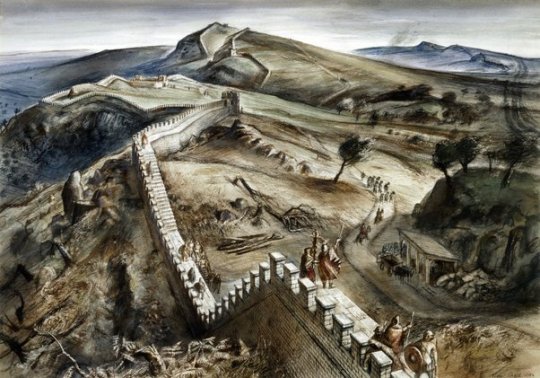
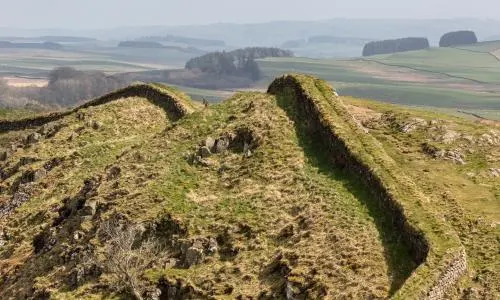
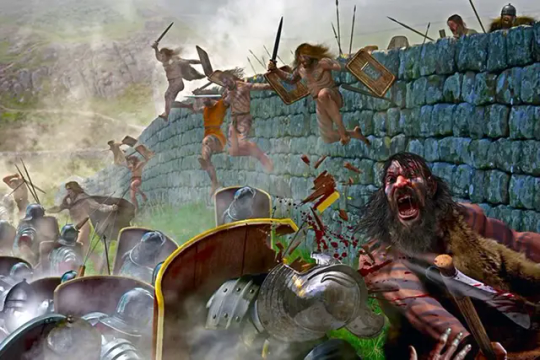


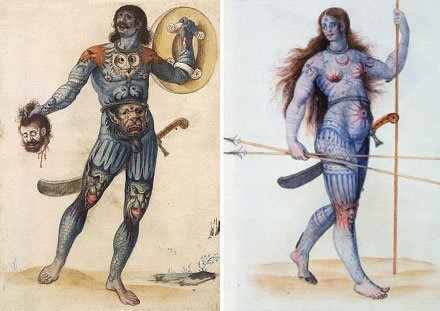
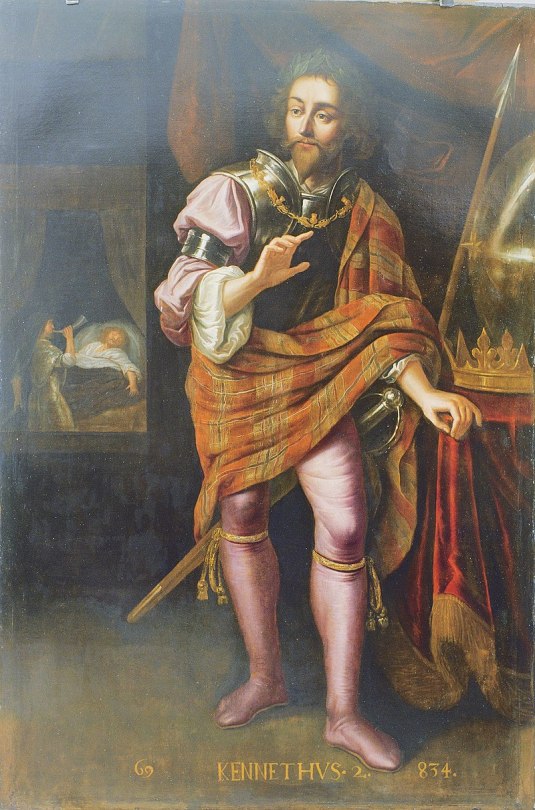
January 24th, 76AD, is said to be the likely date of birth forPublius Aelius Hadrianus, who built Hadrian’s Wall.
When the Romans invaded the British Isles they held, large parts of what is now Scotland, even after the construction of Hadrian’s Wall in AD 122, there were large forts around the country at varioustimes, the largest of which was Trimontium located at Newstead, near Melrose, in the Scottish Borders. It was occupied intermittently from about 79 to 184 AD and was the largest of the "outpost" forts after the construction of Hadrian's Wall
Hadrian’s Wall was largely abandoned for about twenty years from .AD 138, when the Romans established a new frontier in Scotland between what are now the Firths of Forth and Clyde, where they built the Antonine Wall.
The Antonine Wall was more of a very large ditch, and my old flat would have been part of the structure, part of the "wall" is on land only yards from me. I got into trouble for calling it a ditch from a Roman historian before, so will add that it was much more, the thing is it more or less looks like one just now, much of the fortifications are long gone.
Hadrian is noted for his interest in architecture and the number of provinces he visited whilst Emperor. He is likely to have visited Britain in AD 122, after some kind of conflict in the preceding years, and we know that it was in this period that construction of the Wall started. It has also been known as Picts' Wall, or Vallum Hadriani in Latin.
The origin of the Picts is clouded by the many fables and legends about them. There are numerous theories as to who the Picts were and where they came from. Experts even disagree over what they ate and drank and what language they spoke although some point to the existence of a distinct Pictish language, which today is believed to have been an Insular Celtic language, closely related to the Brittonic spoken by the Britons who lived to the south.
Often described as savages the Picts were an ancient and artistic people who defied the might of Rome which conquered the rest of Britain. They were a sophisticated , hardworking, clever people, skilled in farming and fishing.
You would have thought a savage tribe would have been an easy conquest for the Romans, but the Picts were anything but that. Picts are first recorded in history in the third century AD. Eumenius, a Roman writer, describes the "pictus" as fierce and skilled in battle. It is not clear whether "pictus" (the Latin for painted) was intended, or if this is a Latin form of some indigenous name. I prefer to think of them as the "Painted People"
Although the Romans reached Scotland and often defeated them in battle, they never conquered the Picts or Pictland. The Roman Empire's expeditions north resulted in few permanent gains.
Scotland's sculptured stones, created by the Picts of ancient Alba tell the stories of a race of people who defied Rome and survived the invading Vikings, thus preserving a separate culture and race in Scotland. It is in these sometimes mighty, sometimes delicate stones that the history of ancient Scotland is now recorded.
There are many of these slabs on display in The National Museum of Scotland in Edinburgh, as well as a fine display in The Hunterian in Glasgow.
When the Romans left the Picts were often attacked by the Britons and eventually all the Pictish tribes agreed to support one High King who would rule all of Pictland.
It's said the Picts, unusually, were a matrilineal society, i.e. bloodlines passed through the mother. Pictish kings were not succeeded by their sons, but by brothers, nephews or cousins as traced by the female line in a complicated series of intermarriages between 7 royal houses. It is this rare form of succession which in 845 AD gave the crown of Alba and the title Rex Pictorum - King of the Picts - to the son of a Pictish princess by the name of Kenneth, Son of Alpin, he is generally accepted by most historians as the first of the kings of Scotland, follwing on from his reign as King of Dál Riata. As usual though, not al agree on this.
The Picts survived as a distinct people until early in the 10th century. However, there is no record of them dying out or moving elsewhere. It is most likely that the Picts simply integrated into the large population within the developing multi-ethnic nation of Scotti, Picts, Celts, Britons and Angles which we now call Scotland. The map, from wiki says this was how their lands looked as late as the 7th century. The last pics are of two Pictish people and a 15th century depiction of King Kenneth.
173 notes
·
View notes
Text
Vikings Oc
Evangeline, Princess of Wessex




gifs by @myrcella
Alexandra of Northumbria

gif by @anakintargaryens
#anne boleyn#the tudors#mary tudor#sarah bolger#natalie dormer#vikings#vikingsnetflix#northumbria#king ecbert#kingaelle#princess Evangeline of Wessex#Alexandria of Northumbria#ragnar lothbrok#bjorn ironside
146 notes
·
View notes
Text
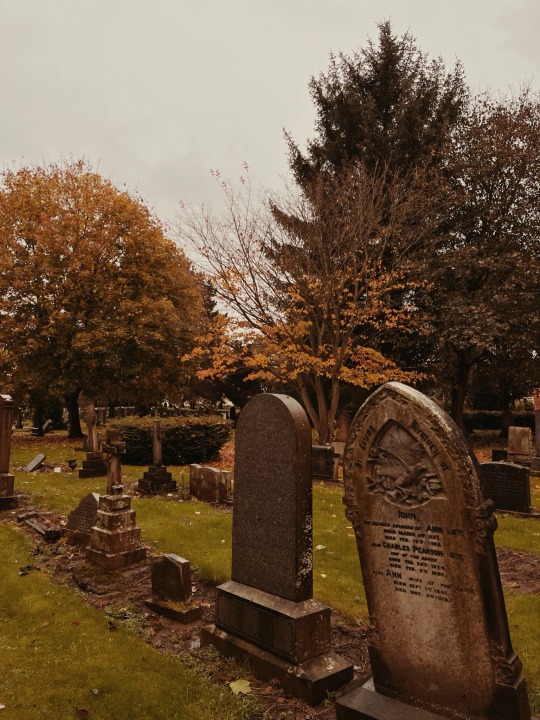


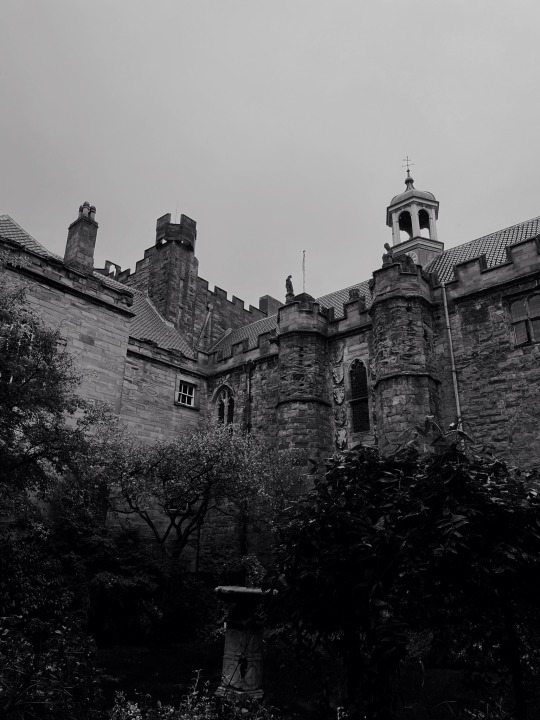




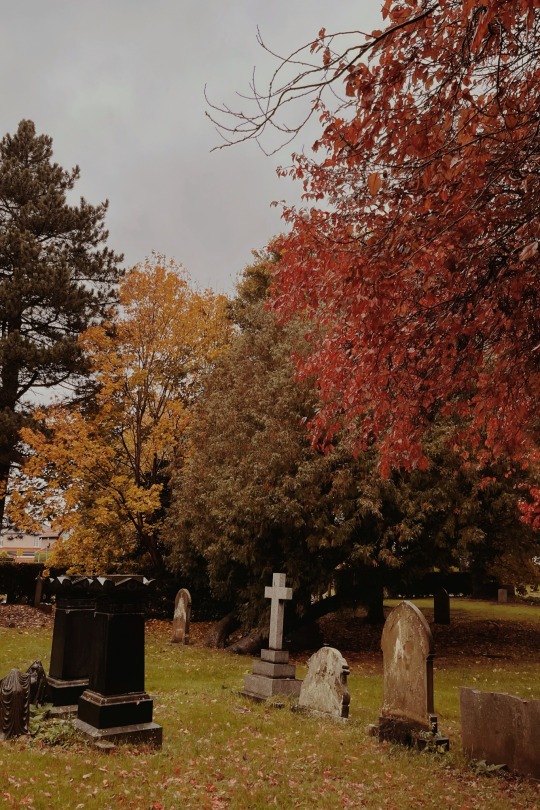
Autumn in Chester-le-Street, County Durham, North East England 🍂
#autumn#dark academia#fall vibes#fall aesthetic#north east england#durham#northumbria#autumnal#fall season#cozy#cozy aesthetic#warm and cozy#england#uk#united kingdom
75 notes
·
View notes
Text
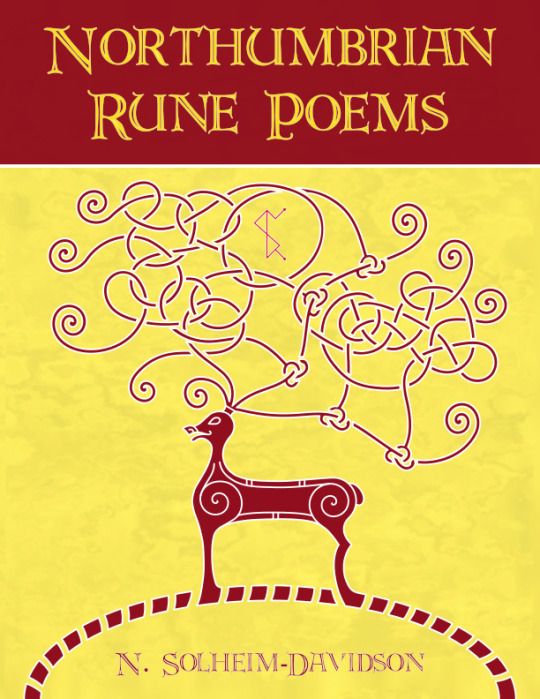
Northumbrian Rune Poems is now officially available for purchase. Digital and physical copies available here.
Inspired by the Old English Rune Poem, Northumbrian Rune Poems centres its focus on the Early Medieval English Futhorc runerows with additional attention paid to the four runes that were in use in Northumrbia. Mixing free verse poetry with kennings found within Old Norse and Old English poetry, Northumbrian Rune Poems is a magical read that breathes new life into an otherwise neglected runerow. Alongside each poem is an Old English adaptation written in a Northumbrian dialect using Old English alliterative style to capture the spirit of the poems in a new light.
#north sea poet#heathenry#poetry#my poetry#nico solheim-davidson#heathen#runes#futhorc#Northumbria#Heathen Poet#Heathen Poetry#north sea rune poems#northumbrian futhorc#anglo-saxon futhorc#anglo-frisian futhorc#rune poems#old english#anglo saxon
84 notes
·
View notes
Text

Lord Uhtred
#the last kingdom#illustrators on tumblr#uhtred#lords#northumbria#saxon#danes#viking#illustration#art#digital art#sketch#portrait#male#my art#drawing#ych#male portrait#artists on tumblr#my artwork#oc art#oc artwork#sona art
18 notes
·
View notes
Photo




Northumbria
Assassin’s Creed Valhalla
#northumbria#assassin's creed#assassin's creed valhalla#ac valhalla#valhalla#virtual photography#landscape#snow#winter#video game#playstation#ps4#photomode
116 notes
·
View notes
Text
Ode to the Sycamore Gap tree
For a tree that stood so tall and broad,
Alone against the gap of sky,
She never need fear the loneliness of her birth,
For her visitors were never shy.
Those finding love in life long proposals,
Or letting lost love in ash form fall,
Many gazed up at her greenest and most beautiful of leaves,
As they walked down old Hadrian's wall.
Photographs in the many thousands,
Famous skyline filmed to keep,
She was the soul of every Northumbrian,
The sacred tree to which we now all weep.
Felled in a senseless destruction,
Taken from us far before her time,
She lays where so many footsteps have trodden,
A death, a murder, a crime.
Now a nation rises in anger,
Against the one who ripped her down,
But we will remember her as the most peaceful of places,
Where the nations heart was found.

R.I.P
#sycamore gap#sycamore tree#northumbria#robin hood tree#I am not a poet by any means but I really wanted to do something#My photo from back in 2020
12 notes
·
View notes
Text

47 notes
·
View notes
Text
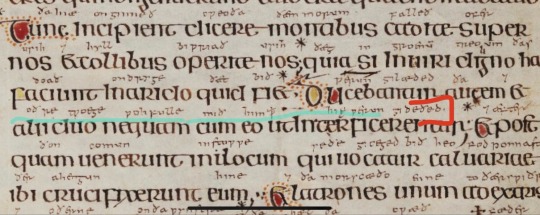
Of all words to have sprang up and then left English, I wish we had kept “ĠIdeðed” Literally had we kept it, the sentence would read “[Along with Jesus] were two other criminals with him who were to be DEATHED.”
5 notes
·
View notes
Text

June 8, 793 CE – Vikings raid the abbey at Lindisfarne in Northumbria, commonly accepted as the beginning of Norse activity in the British Isles. ::: [Robert Scott Horton]
* * * *
“It's like in the great stories, Mr. Frodo. The ones that really mattered. Full of darkness and danger they were. And sometimes you didn't want to know the end… because how could the end be happy? How could the world go back to the way it was when so much bad had happened? But in the end, it’s only a passing thing… this shadow. Even darkness must pass.”
― J.R.R. Tolkien, The Two Towers
14 notes
·
View notes
Text


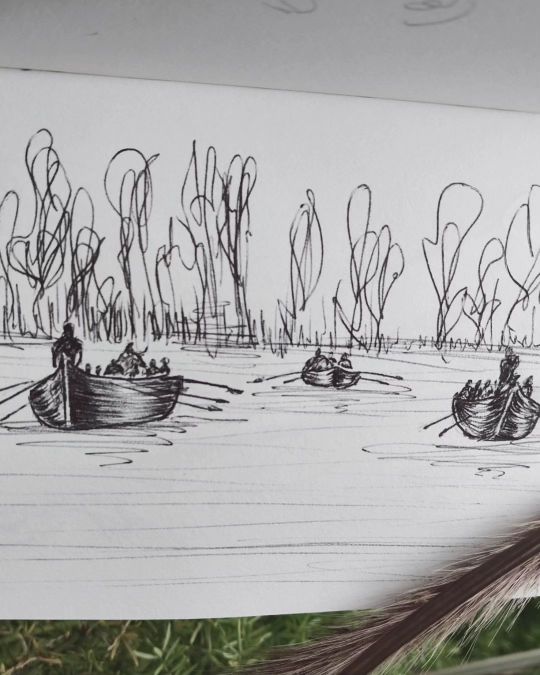
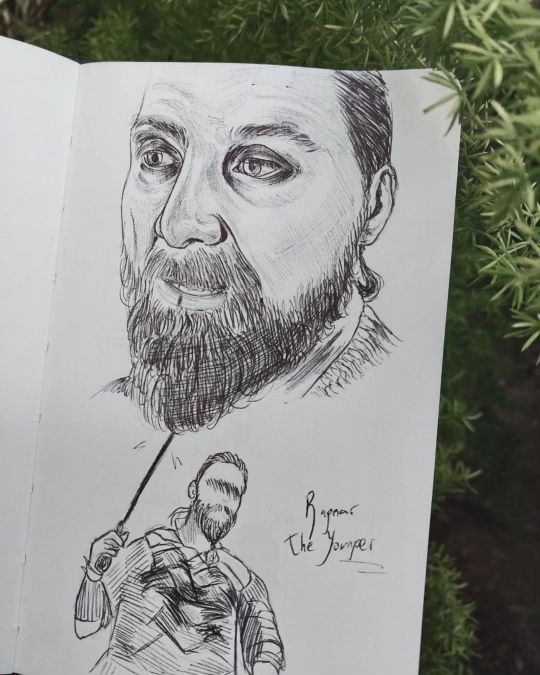
Few more sketches from season 2 of The Last Kingdom I did 👉👈
#Kjartan is my absolute favorite#Hild looks better in person bc the angle kinda sucks hehe#also enjoyed drawing the ships a bit too much 😅#the last kingdom#the last kingdom art#tlk#viking#drakkar#Northumbria#northumberland#lundene#kjartan#kjartan the cruel#Alexandre Willaume#Hild#Abbeys Hild#eva birthistle#Ragnar the younger#Ragnar Ragnarsson#Tobias Santelmann#my art#sketchbook#quick sketches#sketches#doodle#ink#artwork#synindoodles
10 notes
·
View notes
Text

Beach Day!
#doggo#malamute#cute#husky#wolfdog#cute dog#dog#pets#dogs of tumblr#animals#pupper#nature#rescue dog#awww#pretty dog#woof#walkies#alaskan malamute#northumbria#newcastle#coastal#seaside#beach
83 notes
·
View notes
Text


The Literary and Philosophical Society, Newcastle upon Tyne, North East England 📚✨
#dark academia#books & libraries#library#reading#books and reading#books#booklr#warm and cozy#cozy aesthetic#cozy#dark acadamia aesthetic#england#northumbria#north east england#newcastle#uk#united kingdom
58 notes
·
View notes
Text
Apparently, Vikings is newly out on Netflix in North America, so let's celebrate it with some behind-the-scenes shots of our king through the seasons! 👑❤️ Part 2 of the interview coming soon, just need to find time for some final edits. Happy #WaybackWednesday! 😊
Music by Ronald Kah
Web: https://ronaldkah.de
.
#IvanKaye #KingAelle #Vikings #Netflix #Aelle #HistoryVikings #KingAella #HistoryChannelVikings #Aella #KingÆlle #KingOfNorthumbria #Ælle #Saxon #king #Northumbria #KingÆlla #TVseries #historicaldrama #Ælla #TravisFimmel #RagnarLothbrok #JoanBergin #MoeDundford #Athelwulf #FaolanBarry #TristanBarry
#ivan kaye#king aelle#vikings#actor#history vikings#aelle#king of northumbria#behind the scenes#travis fimmel#ragnar#moe dunford#aethelwulf#faolan barry#tristan barry#netflix#saxon#king#northumbria#crow lover#grandpa#joan bergin#blood eagle
3 notes
·
View notes
Photo

Today we also celebrate the Venerable Hilda, Abbess of Whitby. Saint Hilda was the grandniece of Saint Edwin, King of Northumbria. Turned from the pagan faith by Saint Paulinus, she was baptised as one of the first Christians of the British Isles. At 33 years old, she was tonsured a nun and under the guidance of Saint Aidan, Bishop of Lindisfarne, Hilda founded many monastic communities, the most famous one being Whitby, of which she became abbess. From the beginning of her monastic life, the Bishop Aidan saw her already-apparent spiritual gifts which flourished as time passed. Within 30 years, she had become a beacon of Christian life throughout the British Isles. In her monastery at Whitby, Hilda was not only the spiritual head of the female monastics, but also the male ones. It is said that this monastery was a “training ground” for both priests and bishops who went on to spread the Gospel throughout the Isles. Christianity, however, had already been spread to the Celtic peoples well over 100 years prior to entering Britain. Because of this, the Celtic and Roman traditions differed (although not in doctrine), especially when calculating the date of Pascha. Saint Hilda convened the Synod of Whitby to address this issue, and it was resolved that the Roman calculation would be used. (It must be noted that at this time, Rome was under the unified Orthodox and Apostolic Church.) Peasants, noblemen, kings, and even bishops would come to Abbess Hilda to seek her spiritual counsel, as she was considered the mother of Christianity in Britain. After many years of intense spiritual labour, she fell asleep in the Lord in 680 AD, and at the time of her repose, the Holy Begu was granted to see a vision of the Holy Abbess Hilda’s soul being carried up to heaven by angels. May she intercede for us all + #saint #hilda #whitby #abbess #nun #monastic #monastery #britain #britishisles #isle #monk #nuns #church #aidan #bishop #lindisfarne #edwin #king #northumbria #mother #holy #spiritual #faith #prayer #love #angel #angels #soul #orthodox (at Whitby) https://www.instagram.com/p/ClCWqUBr3_n/?igshid=NGJjMDIxMWI=
#saint#hilda#whitby#abbess#nun#monastic#monastery#britain#britishisles#isle#monk#nuns#church#aidan#bishop#lindisfarne#edwin#king#northumbria#mother#holy#spiritual#faith#prayer#love#angel#angels#soul#orthodox
23 notes
·
View notes
Text

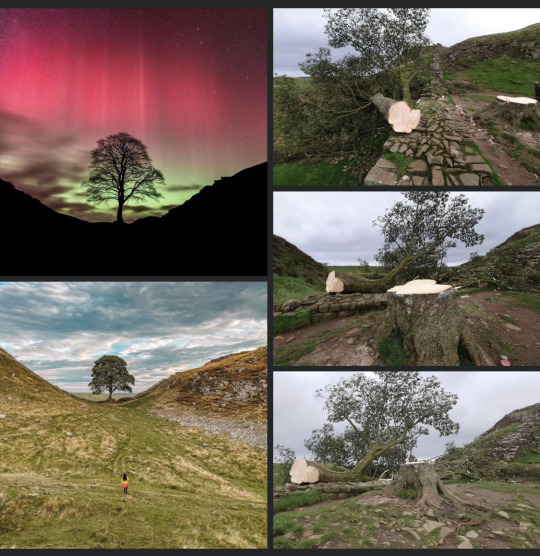
Absolutely devastated to hear that someone has felled the iconic Sycamore Gap tree. They have murdered one of the great spirits of Northumbria and a Warden of Time. Earlier this year I released the single Herlaþing which tells the folkloric tale of The Wild Hunt passing over Hadrian’s Wall and through The Sycamore Gap. Studying the myths and legends for the album was a fantastic experience. I have visited this site many times over the years and I am so very proud of our Northumbrian history, folklore and National Park, and today feels like mourning the loss of a dear friend.
#musician#metal#musiciansofinstagram#blackmetal#metalhead#dinenthal#acherontiastyxofficial#dwarrowdelfrecords#pagansofinstagram#ukbm#sycamore gap#northumbria#northumberland
2 notes
·
View notes